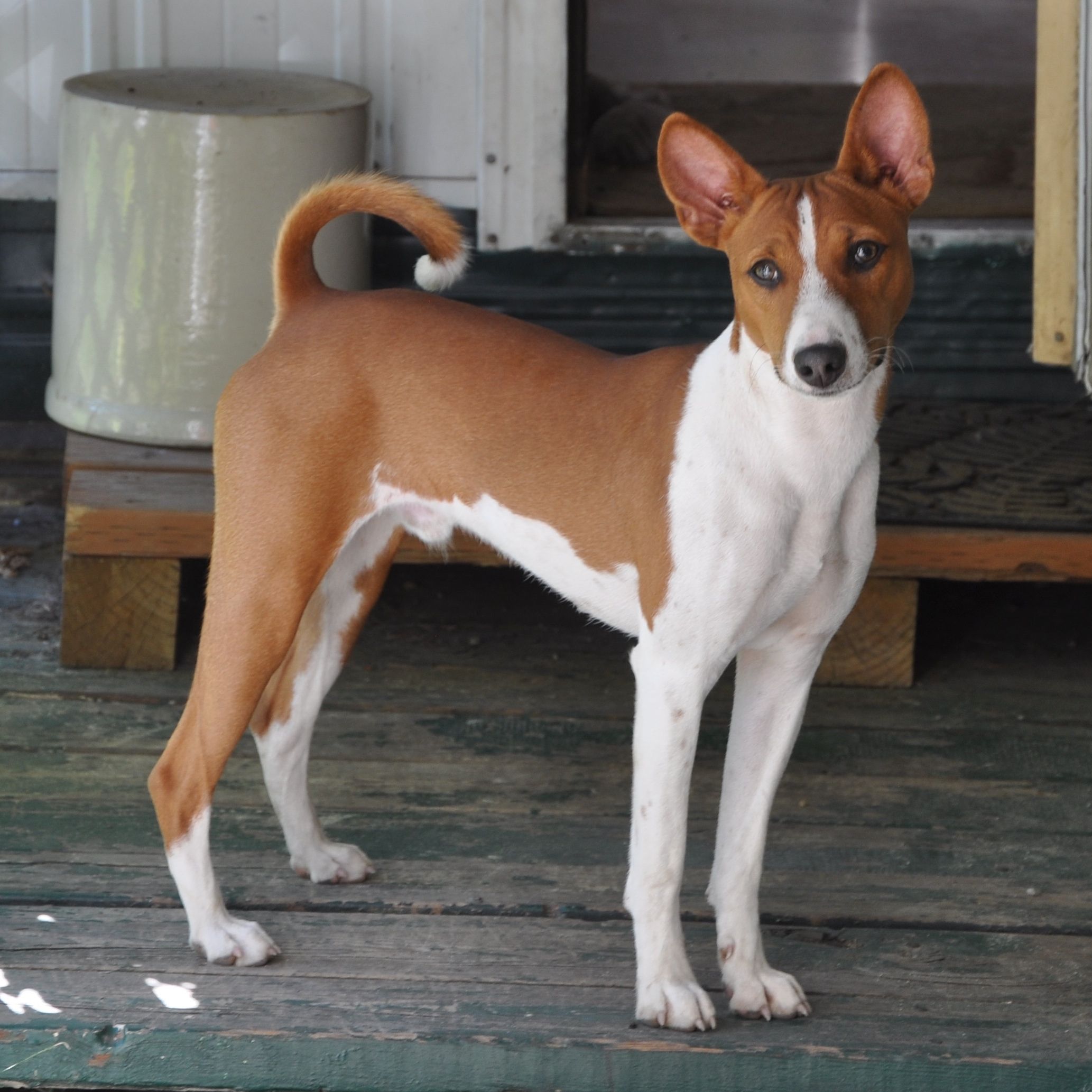
Dog Love
Golden Gab

Golden Gab

5.29.22
1.4.21
12.18.21
how to introduce your dog to her new little sister
Peanut is five years old. We have been wanting a second dog for a while and when we met Josie we knew she was the one. We were worries about how Peanut would react to her new little sister Josie. It took Peanut a little bit to welcome Josie into the family but now they are best friends and will do everything together.
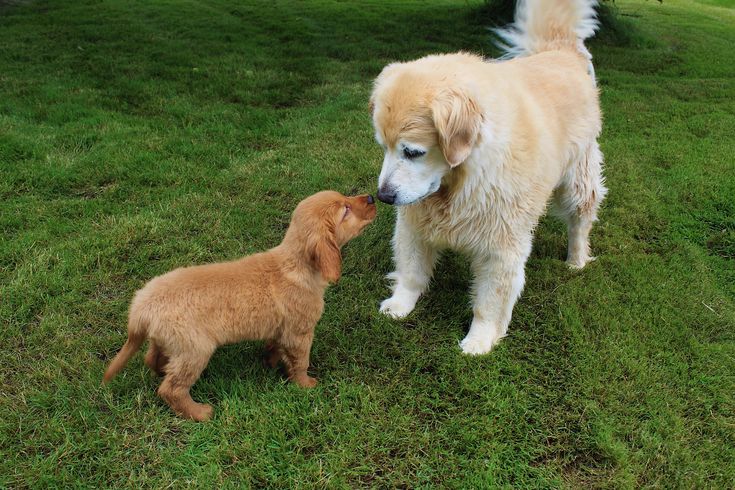
Your current dog and your new puppy should meet for the first time in a public and neutral setting. The ideal location would allow them to meet in the open with a gate or a chain-link fence. They are able to get up close and personal while still being protected.
There are various ways to make a neutral space wherever you are if that isn't possible. When introducing dogs for the first time, baby gates, outdoor dog playpens, or kennels work nicely.

Here are some pointers for introducing them for the first time:
- There shouldn't be any of your current dog's toys, balls, chews, or beds in the meeting space. This gets rid of any territorial actions.
- Put an end to any interruptions. This might lead to nervousness, which would make a relaxed encounter very challenging. You should also evaluate your level of anxiousness. Your dog may become more protective if they detect your nervousness.
- Have plenty of treats on hand to give your puppy and older dog as rewards for good behavior.
- Both dogs may be on slack or loose leashes. A dog may feel the need to defend you if the leash is tight. If one of the dogs exhibits signs of aggression, it is simpler to lead them away with both dogs on leashes.
- Invite a friend or family member to join you for the introduction. Each of you will be able to concentrate on one dog at a time while keeping an eye out for both positive and negative cues.
- 10 minutes is more than enough time for conversation on the first meeting before giving each dog some time to unwind and take a stroll. Every time you feel like they need a break, let them roam.
I hope this helps you introduce your dog to there new little sibling.
the process of adopting a dog
Even if you sincerely want to help a shelter or rescue group save a dog, you might not be a good choice. While it's true that there are a lot of puppies looking for homes, dog shelters must carefully vet potential adopters before allowing them to bring a dog home. The intention is to prevent every dog up for adoption from returning to the shelter by placing them with a loving, happy family who will be a suitable fit for their personality.
When it comes to the adoption procedure, most dog shelters follow the same guidelines, which look like this:
- Fill out an adoption application
- Speak with a shelter counselor in-person
- Meet rescue pets
- You might have to fork over a little adoption fee before taking the dog home if you get the job after the interview and it turns out that they are the ideal fit for your family.
Shelters use these procedures to try to make sure that people who adopt dogs are not doing it on a whim and that they are able to give their prospective four-legged charges care, affection, and a long-term home.
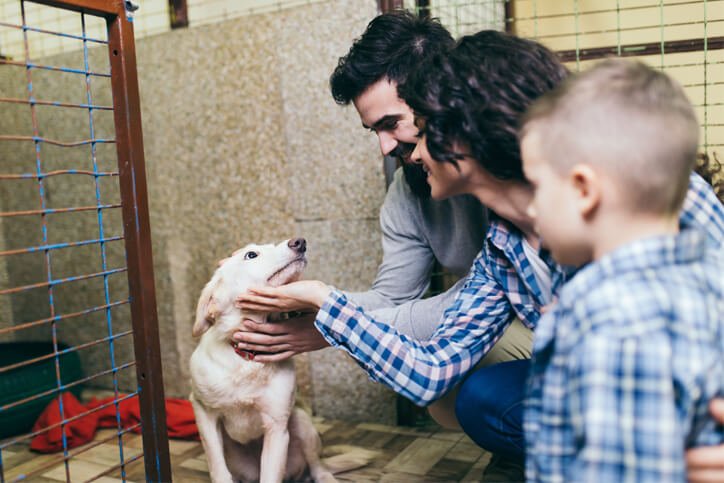
Choosing the right dog.
It can be difficult to pick the ideal dog for your family. Finding a dog that will blend seamlessly with your personality is crucial because every dog has a unique personality and set of characteristics.
The worst mistake you can make is to fall in love with a dog just on the basis of appearance. Those adorable puppy eyes may be the sweetest you have ever seen, but can you really commit to meeting all of its needs? Will the dog you want get along with your children and other pets? You're sure to run into issues if the dog you chose for adoption doesn't fit your personality and activity level.
Remember that some dogs have the lowest chances of being adopted when selecting a rescue dog from your neighborhood shelter. If you aren't set on a specific puppy or breed, please think about giving a chance to a dog whose future isn't looking very promising. Black dogs, geriatric dogs, and dogs with impairments are among the least adoptable canine groups, yet in 99% of these cases, the reasons for these dogs' low adoption prospects don't mean that they wouldn't be the ideal companion for someone.
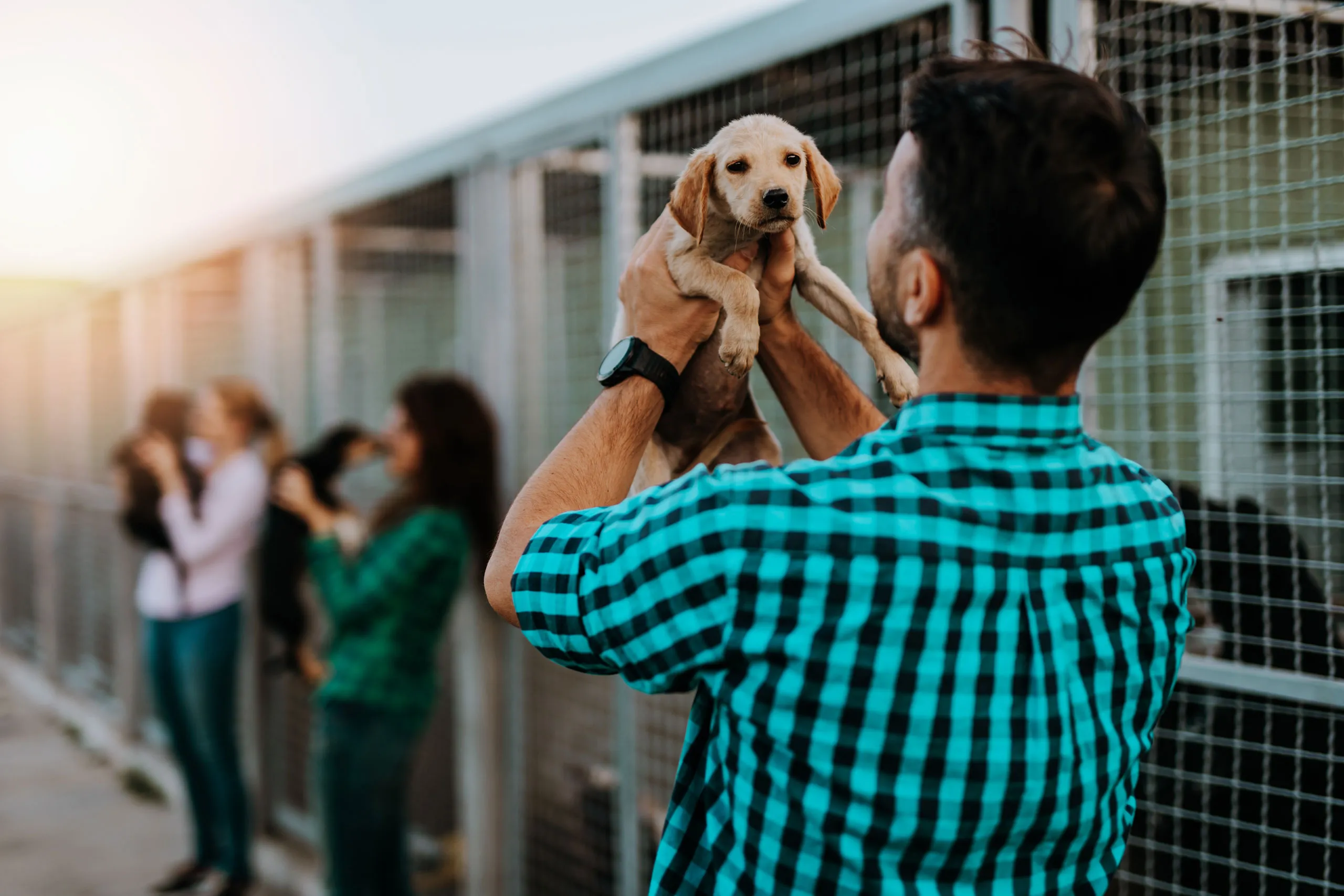
Preparing your home.
You must set up your home for a new furry family member before bringing them in. In addition to providing food, toys, and other necessities, you must dog-proof your house. This calls for you to search your home for any openings the dog might utilize to flee and to set up a secure space where the canine can unwind and acclimate to its new surroundings.
It's crucial to be patient and make an effort to assist your new dog in adapting because big changes can frequently cause stress in dogs. Your dog's adoption counselor will provide you with all the details, as well as advice on how to make the transition less stressful for your new pet.
Try to keep your excitement under control—the that's most crucial thing. You need to go slowly because it's likely that the particular dog won't feel at ease right away. Don't over-cuddle them or try to force engagement. Allow your new pet to set the pace.
I hope this helps you while adopting a dog.

how to welcome a dog into your house
Congratulations! What happens now that you've gotten a puppy and it's coming home with you this afternoon? You must consider how to adapt your dog as soon as his paws enter your home after dog-proofing it and gathering the essential items (collar, ID tag, water dish, kennel, food, toys, and cleaning supplies). A great place to get supplies for your new pup is Petco. To assist your furry family member in settling into their new home, take the following advice:
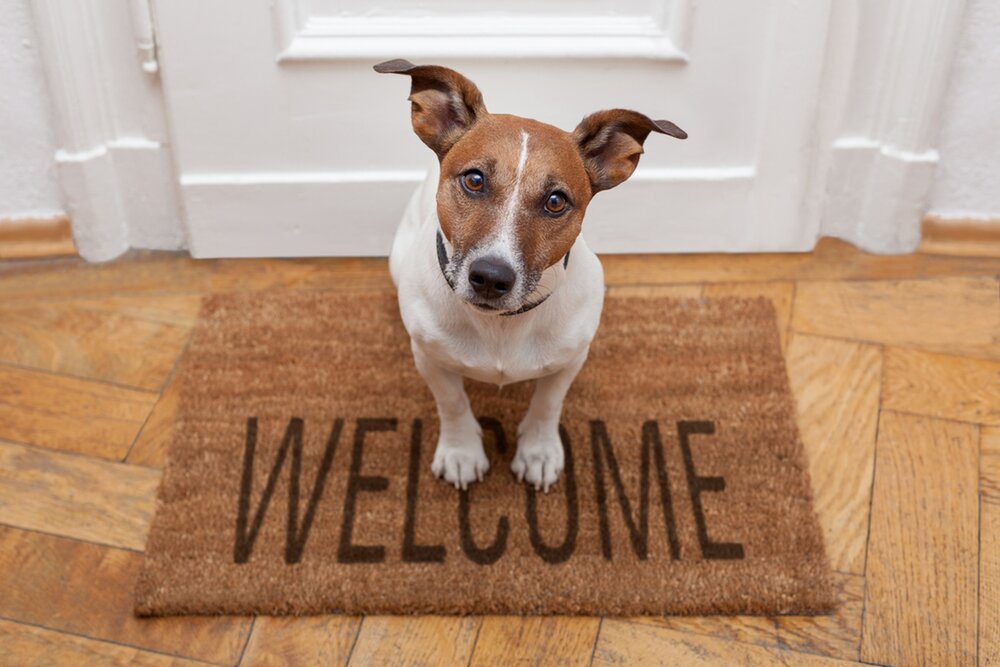
the first day
- Do not stop along the way to run errands; instead, bring your dog directly home.
- Calmly introduce each member of your family to your dog outside.
- Be selective about who you invite over to avoid overwhelming your dog.
- Keep your dog on a leash as you take them on a tour of the house, stopping at each room.
- Remain close to home and abstain from going on any lengthy outings.
- Even if your dog was previously housetrained, take them outside frequently for potty breaks.
- Give your dog plenty of peaceful time to adjust to their new environment.
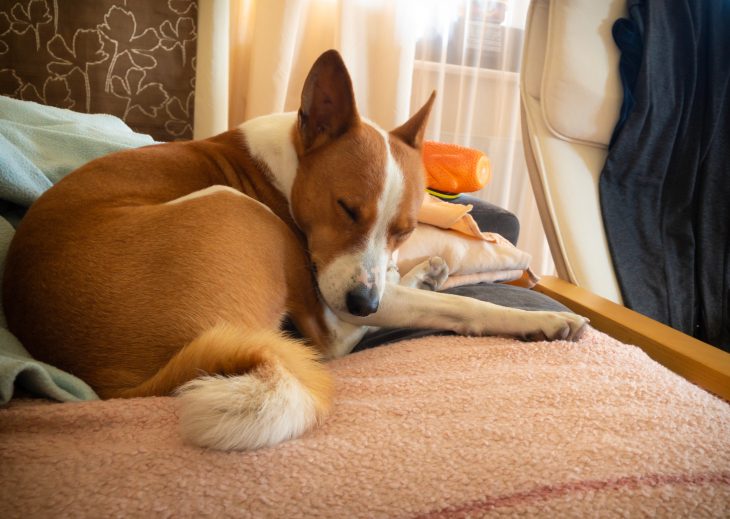
the daily routines
- Put your dog's kennel or bed in the room where you want them to sleep, not in an open space like the basement or garage.
- Provide your dog with two to three meals each day; do not leave a full bowl of food out for them all day.
- Use interactive and chew toys to keep your dog active and mentally stimulated.
- Till you understand how your dog behaves and reacts to situations like cars, strange people, and squirrels, limit walks to 5–10 minutes.
- Make no fuss about your arrivals or departures to reduce anxiety associated with being left alone.
- Several times every day, practice leaving your dog with a chew toy and/or in the crate for brief periods.
I hope this helps introduce your dog into there new home.
